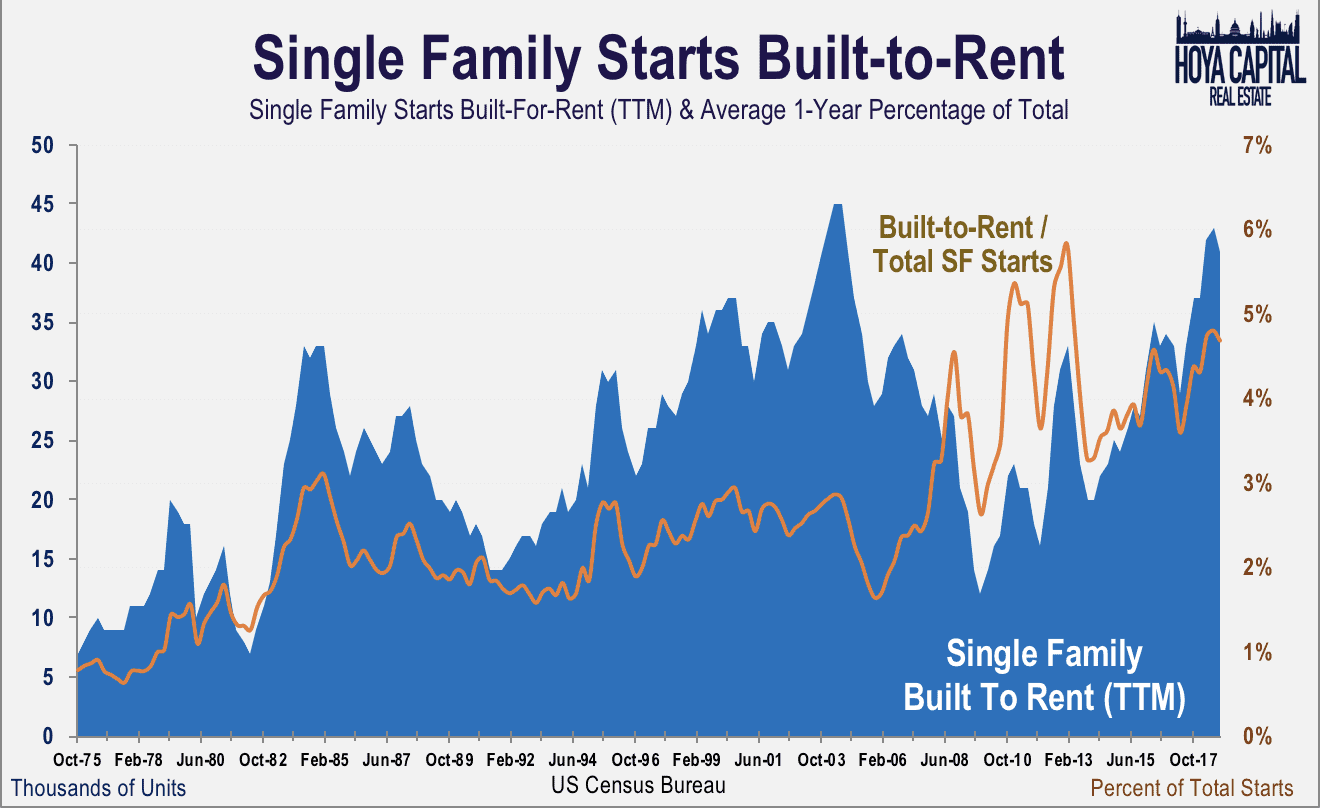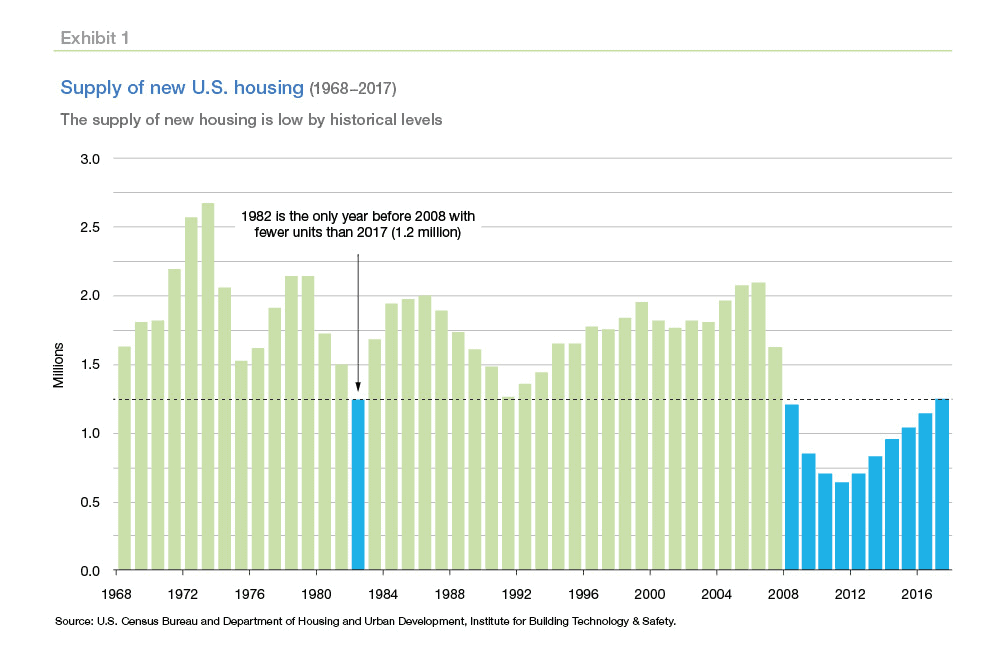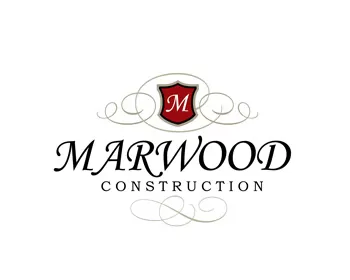Build to rent single family homes have arrived as an institutional investment grade asset. Wall Street has finally recognized that single family rental homes can be packaged to create a diversified portfolio that yields competitively with other similar alternative investments. Notable housing giants like Toll Brothers and Lennar have recently made substantial commitments to enter the build to rent housing market sector.
The build to rent market is growing extremely fast and commanding a great deal of buzz with investors. This is principally attributed to a higher level of consumer rental demand, due to renters increasing preference to raise their family in a single family home instead of an apartment. The National Home Builders Association estimates that 37,000 build to rent homes were constructed in 2017 and grew to 43,000 in 2018. These built 2 rent housing starts represent only about 5% of the total number of annual single family housing starts.
The origin for the interest in large home investment portfolios started during the 2008 sub-prime financial crisis. Wikipedia estimates that there were 4 million foreclosures completed between 2008 to 2012, with another 2 million in some stage of foreclosure during this period. From 2016 till today, foreclosures are at record low numbers and have become much more competitive in the for sale home segment. Investors have realized that the build to rent single family homes are in fact an attractive investment for reasons we will discuss.
Single Family Rental Property History
Single family rental home investments have been around a long time but traditionally they have been associated with small private investors. The 2009 financial crisis changed the way institutional investors looked at single family rental units. The sub-prime global financial crisis caused panic in the lending community. Financial institutions became reluctant and refused to extend credit. This caused a national credit liquidly crisis effecting more than just the mortgage industry. The financial disaster ultimately disrupted both corporate and small businesses access to financial sources of credit liquidity.
During this period the number of financially distressed properties skyrocketed to nearly 50% of the total home sales recorded in March 2009. This is in contrast to current levels of foreclosures which normally represent 2% of total home sales.
As the economy slowly emerged from the severe financial crisis lenders were resistant to issue mortgages to home buyers. Wall Street took notice of the large number of distressed properties at discount prices. Institutional investment firms like Blackstone began purchasing large groups of homes and packaging them in portfolios. As more institutional investors entered this space this investment trend continued well after the foreclosure crisis passed.
What is Driving the Demand for Build to Rent Homes
There are many contributing factors to the rising demand for rent to build single family homes. The primary factor being a tight supply of housing which was a consequential result of the 2008 financial crisis. During the 2008 to 2012 the housing market experienced a severe recession with housing starts plummeting to record lows. The professional housing tradesmen sought alternative employment opportunities. After the recovery started these tradesmen did not return in the numbers that had exited the industry. This has stunted home builders from meeting singe family housing demand.
A second major factor was the weak demand of for sale new construction homes. The industry had expected that Generation X would begin to buy new homes after they found suitable career employment. It is widely believed that this demographic is also suffering from bad credit due to the financial debacle. Gen X buyers choose to defer their home buying options and continued to rent.
The Millennial’s that have now found good jobs and good incomes have elected to not buy new homes also but rather rent or live with their parents, well after they were able to find employment.
Home ownership rate has also been steadily declining since 2004 when home ownership represented 69%. Current ownership levels of home ownership are approximately 64% that mirror 1986 levels. All these factors have made for a changing mind set among investors and home builders, which has attributed to the rise in build to rent homes.
Advantages of Build to Rent Over Rehab
The changing housing market has created a higher interest for investors to take part in this developing housing market segment. Historically the single family rental housing market has attracted small private investors buying opportunity home investments one at a time. So there is now a new competing investment vehicles in the single family rental market. Apartments have long been considered a competitive investment alternative in the rental property sector. Although they require a greater amount of cash to purchase then a single family home investment.
So how do the two rental single family housing market investment segments compare? There is a number of benefits of build 2 rent single family home investments compared to the rehab single family home investment opportunities. We will look at the main advantages of this new investment sector and discuss how they benefit investors.
- Less Fluctuation in Acquisition Cost– New home prices are usually 10% – 30% more the older homes in the immediate area, based upon a similar living square footage and in kind home features. Provided that the price point is matched for demographics of the area, newly constructed homes establish a higher price benchmark for the existing homes.
Rehabs are typically sold in some form of distress. Either in the form of financial distress or physical distress, the property will be becomes attractive to investors when it can be purchased at a discount of its fair market value. The amount of the price discount often depends of the existing economy and the inventory of comparable homes.
In expanding market conditions the price discounts are not very deep, because there are fewer distress houses compared to the number of investors. During troubled economic conditions, there are deeper price discounts with fewer buyers. Hence there is greater instability when comparing the perceived market value for the future of rehab homes to the actual purchase price.
- Contemporary Architectural Design– A major advantage of rent 2 build homes is that the homes can be designed with the higher demand architectural structural features. These features are items such as higher ceilings, modern exterior profiles that can be cost prohibitive to incorporate into a rehab. This is also true for incorporating some energy efficient products like windows or wall insulation. Unless you are doing a whole home remodel the cost of certain improvements as mentioned are not cost effective with financial performance model.
- Location– One of the most immeasurable but greatest benefits of build 2 rent homes is the ability to select a desirable location. The land value of the purchase can be measured by the school district, job growth areas, new real estate developments or proposed freeways. These options are not under an investors control when planning a purchase of an existing home. An acceptable existing neighborhood can culturally change into an undesirable neighborhood in a very short period. The value of a specific location for a new neighborhood development will traditionally be reflected in the price of the land. In addition, factors such as crime, schools and asset appreciation can be better mitigated and controlled.
- New Home Warranty– New homes come with warranties such as a 10 years on the structure. Two year warranties come with mechanical, electrical and plumbing systems. Items like air condensers and hot water heaters will often have even longer warranty periods. With rehab homes they are normally improved with little to no warranty guarantee.
- Less Maintenance & Product Replacements– It may be obvious but over the life of the holding period of a rehab home requires more maintenance and major product replacement. It is highly likely that if an investor holds a rehab home for 5 – 10 years, they will incur some unexpected cost associated with major products such as appliances, HVAC system or/and a roof. Not to mention items like foundation piers or the replacement of driveways and fences.
- Holds Market Value Better– As mentioned earlier, new homes hold their market value better then rehabs and experience greater appreciation, everything else held constant. This is due through the home builder/developer selecting a desirable location in the path of growth and development. These locations are often targeted close to professional places of work, the better school districts and growth areas.
In addition the rising cost of repairs and maintenance, home appreciation value and greater interest in the newest home features drive holding value.
- Scale of Property Management– Another major benefit for investors is when build 2 rent home neighborhoods are developed they become much more cost effective to manage the properties. In new developments the builder/developer will create the deed restrictions for the housing development. This gives the investment team a greater amount of inherent protection over the do’s and don’t of the neighborhood.
In addition, it becomes much easier to manage and enforce deed restrictions and neighborhood conditions when the properties are grouped together. Maintenance response and site inspections become much more enforceable and cost effective to manage. With property management a very important part of real estate investment, developing scalable programs and practices will lead to better portfolio ROI.
Advantages of Build to Rent Over Apartments
With build to rent homes being the newest investment alternative on the rise it begs the question, how will build to rent homes compare with well established rental property investments like apartments. New construction class A rental apartments have been a favorite investment of institutional investors many years.
If new apartment construction can attract Wall Street investors with 4% -8% cap rates, new build to rent single family homes offers similar financial rewards but have greater benefits when compared with other attributes. We will define and compare these other attributes that are common priorities for investors.
- Single Family Homes Rents Growing Faster than Apartments Rents– Single family rents are growing at about 4.5% compared to 3% rent growth in apartment rents according to the US Census. This fact is especially true in major metro cities rather than smaller cities.
In addition the number of single family rentals increased by 3.6 million units the last 10 years. During this period, apartments expanded by 3.2 units. The Census counts a total of 15 million single family for rent, while apartments account for 26 million units. Per U.S. Census 2016 estimates, the five largest stocks of single-family rentals in a city are in:
- Los Angeles 184,000
- Philadelphia 111,600
- Houston 102,100
- Phoenix 100,800
- New York 94,000
- Lower Capital Expenditure & Faster Rent Stabilization– Built-to-rent SFRs are more attractive than apartments because they have lower construction costs than apartment buildings. This is mostly because SFR don’t have common area space like hallways and long-term maintenance costs and can be optimized during construction by using more durable materials. Even more attractive new constructed SFR’s can be placed into service faster to begin generating cash flow to offset carry cost.
- Investment Liquidity– Investment liquidity becomes a very attractive feature when a funds exit maturity comes due or a capital call is made to restructure an investment fund. One of the incentives for investors with build to rent single family homes is the multiple options available to sell the assets. Build to rent homes can be sold in a portfolio or sold individually. Apartments must be converted to condo to be sold individually. This typically can result in interruptions to cash flow during such a deed change.
Single family homes also have a liquidity feature that can be used as a sales strategy when offering the homes as a finished product. The investors have the option of selling the newly constructed homes as well as renting them. This strategy can supplement the cash flow structure to meet performance targets as well.
- Lease Purchase Agreements – Another liquidation option that is available to the investor is the structuring of a lease purchase agreement. By structuring the lease in the form of a purchase, the investment team locks the buyer into the benefits of a long term lease agreement while having the upside potential of a home buyer.
- Equity Growth & Market Growth– Single family homes have historically outpaced apartments in equity growth. This is due in part to the value of apartments being determined by the NOI. Build to rent single family homes structured in a portfolio will likely be valued in the same nature, but will have the advantage of selectively selling off individual properties if determined to have a greater value.
Changes in SFR vs MFR in The Top 100 Largest U.S. Cities (2007- 2016)
| City | Population 2016 | Single-Family % change | Single Family # change | Multi-Family % change | Multi-Family # change |
| Phoenix, AZ | 1,615,000 | 77% | 43,800 | 21% | 26,500 |
| Houston, TX | 2,304,400 | 39% | 28,800 | 23% | 71,600 |
| Fort Worth, TX | 855,900 | 60% | 20,000 | 17% | 9,700 |
| Indianapolis, IN | 852,500 | 48% | 20,000 | 14% | 11,900 |
| Los Angeles, CA | 3,976,300 | 12% | 19,200 | 14% | 88,100 |
| New York, NY | 8,537,700 | 24% | 18,400 | 4% | 86,400 |
| Charlotte, NC | 842,000 | 55% | 18,200 | 29% | 22,100 |
| Austin, TX | 947,900 | 55% | 17,900 | 17% | 21,700 |
| Chicago, IL | 2,705,000 | 41% | 17,600 | 13% | 62,600 |
The market growth has also changed the last ten years as illustrated by the graph above. The greatest amount of change has taken place in developing cities with growing populations.
- Quality of Tenants– There is something to be said about families that live in homes versus apartments. Single family home tenants want the privacy and emotional rewards that come with a home. Apartment renters have a stigma that is also a motivation for a better quality tenant. They want that American dream of having a home to call their own… Tenants historically treat rental properties that are new or in excellent condition better than those that are not.
- Lower Tenant Turnover– Single family tenants are more likely to stay in a single family home longer then tenants living in an apartment. One of the main reasons offered for this behavior is the same justification for them wanting to live in a home instead of an apartment. A sense of privacy, security and community. The typical SF tenant stays three to six year terms, while the typical apartment tenant will stay only 18 months.
- Portfolio Capital Market– In lei of single source of funding build to rent single family homes will require construction financing as phase one. Once the homes are built and rented phase two of the longer term financing can take place. Build-to-rents homes can be financed and constructed in one-off lots, within other master-planned communities, or even as their own self-contained rental communities.
Long-term borrowers want the flexibility to add or remove properties from their portfolio. This allows the borrower to keep the portfolio optimized over the course of the investment, by removing underperforming properties and adding more assets. Substitutions can affect the rating of the overall portfolio, so additions and removals should be only made after consideration of how they change the performance represented, the operating income and the average school ratings of the homes in the portfolio.
Built to rent homes will continue to evolve as a legitimate commercial real estate asset class investment as new investors and lenders enter the fray. Although today’s economic uncertainties weigh heavily on nearly all investment types, favorable demographics are expected to support the SFR segment in the longer-run. Regardless of what strategy investors choose to build their SFR portfolio, maintaining financial flexibility should be a primary focus.













